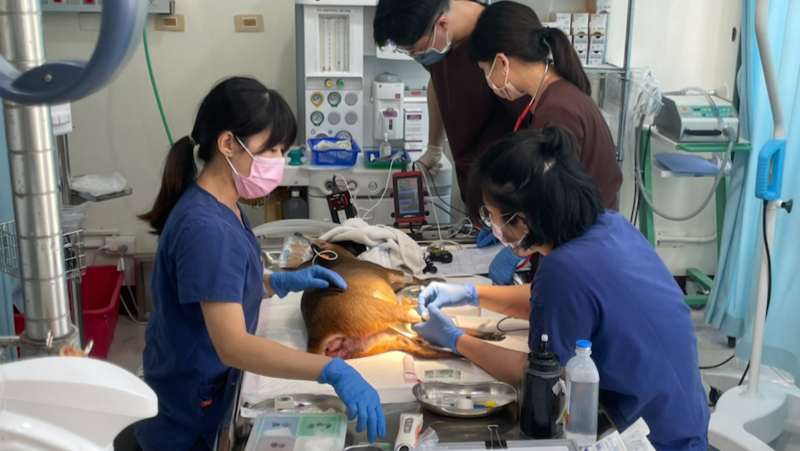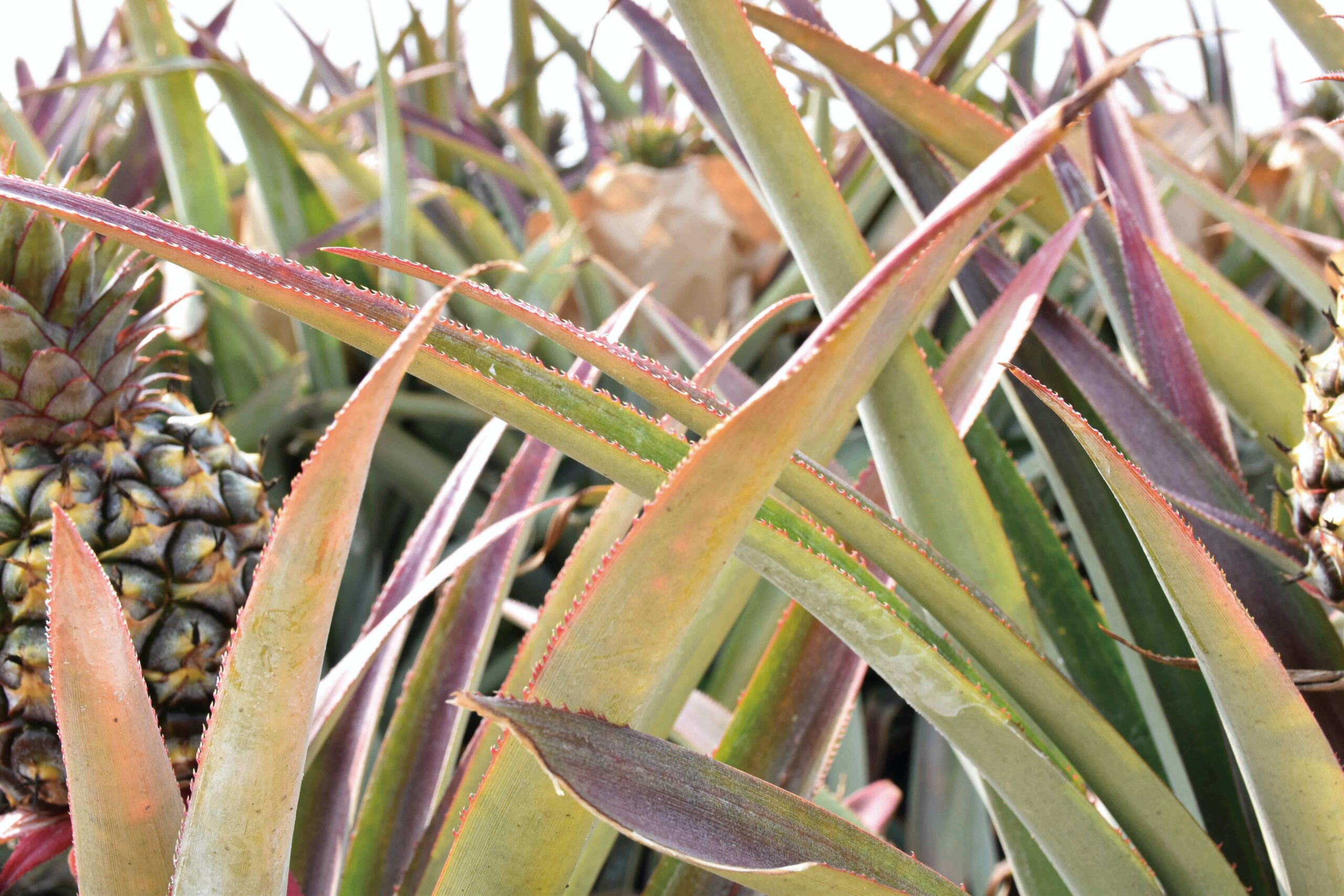by Wen, Zih-Syuan(溫子萱), Hsieh, Pei-yu(謝珮瑜)

This year is the fourteenth year of LGBT Pride Parade.
The theme of this year’s parade is “Let’s have fun and break fake friendliness.” Thousands of people joined Taiwan 2016 LGBT Pride, the biggest gay pride parade in Asia. Some of them wore special costumes and held posters to promote homosexual issues and comrade marriage. Diva Wei, a man who wore ) a piece of fancy dress with high heels and a bright blue wig, said, “What I dress up represents myself.” He participated in the parade for the first time in 2009. and this is the second times he put special costume on.
LGBT is an initialism that stands for lesbian, gay, bisexual, and transgender. In use since the 1990s, the term is an adaptation of the initialism LGB, which was used to replace the term gay in reference to the LGBT community beginning in the mid-to-late 1980s. Activists believed that the term gay community did not accurately represent all those to whom it referred.

Amber and Cyu, a lesbian couple who attended the parade together, shared their experience with us. For some reason, they couldn’t show their sexuality directly in the workplace. Amber said, “One of my female colleagues, who had been chased by a girl, told me that she didn’t accept her because she felt sick about homosexuals.’’ Amber had a complicated feeling after she heard that. They thought the first step to treat LGBT in a friendly manner is to pass the same-sex marriage bill.
According to the data, the number of participants had climbed to 80,000 this year, a record high. Obviously, the parade is bringing some effects to society. “The environment has changed. Nowadays, the acceptability of the public becomes much higher than before,” said Yang, Jia-ying(楊佳穎), who is a university student and joined in the parade this year. The parade can be see as a large-scale activity for public to notice the minority in our society. Although the parade might be helpful, it still takes time to change the whole environment.




